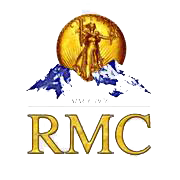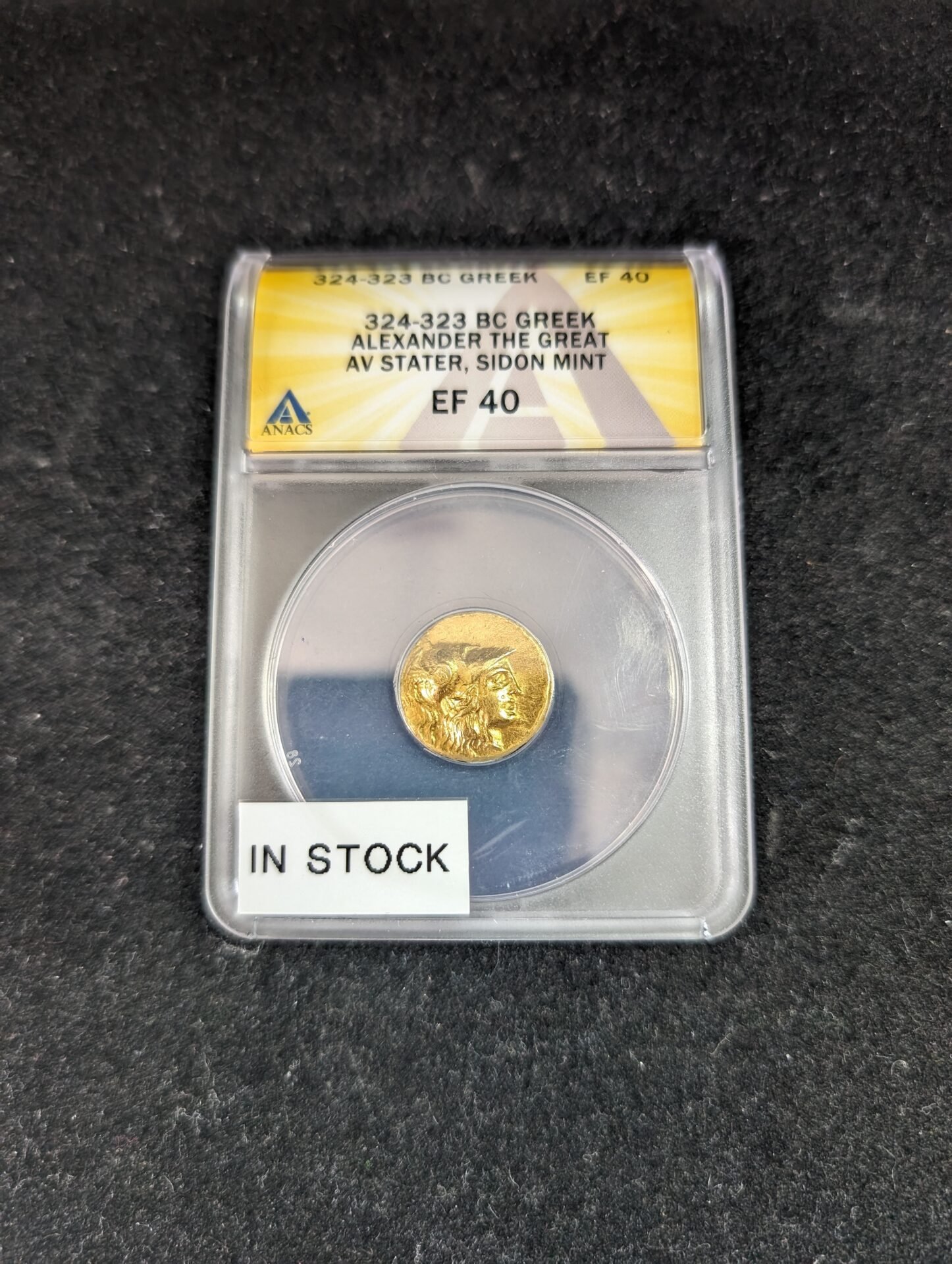Many coin collectors purchase collectible currencies based on value and potential financial return, and this is a perfectly fine way to curate a collection. You can, however, craft a currency collection other ways. If you’re interested in other ways to curate, here are five themes you can use as you decide what to include and what not to include in your own currency collection.
1. Focus on a Time Period
First, base your currency collection around a specific time period that’s of interest to you. This could be an era of history, such as the Civil War if you’re an American history buff or the Greco-Roman period if you studied Classics in school. Alternatively, the time period could be something more recent — like your birth year or your children’s birth years.
As you consider what time period to collect from, keep in mind how much coins from that era will cost and what your budget is. You’ll need discretionary income to purchase coins from Ancient Greece and Rome, but you can find coins from recent years by just perusing the change you’re given at stores.
Also, consider how readily available coins from your time period are. If you choose to focus on a time period from long ago, you might need to cover multiple centuries. Ancient coins cover a span of 1,200 years, from 650 B.C. to A.D. 500. Alternatively, a collection that includes new currency might need to be limited to just one or a few years because you’ll find many more available options.
2. Focus on a Geographic Region
Second, you can base your currency on one or a few geographic regions.
In some cases, this may coincide nicely with an era-based curation method. Many historic collections are necessarily limited to a certain region, country or realm, and a particular region might help further define an era-based collection. For instance, a Greco-Roman collection may focus specifically on coins from Rome or specifically on coins from Palestine.
You can formulate a geographic currency collection in many other ways. You could collect currency from the places:
- You were born (home state or country)
- You’ve lived (all regions or countries)
- You’ve visited on vacation (all countries)
- You wrote a dissertation on (region or empire)
If you’ve lived in San Francisco, Denver, Philadelphia, or West Point, you could collect coins minted in the city during the time you were there. These are the cities where the U.S. actually has or currently produces coins.
As is true with the era-based curation method, a geographic focus similarly allows you to choose a region that’s within your budget, whatever that budget might be. You can find both expensive and inexpensive ways to collect coins from different regions.
3. Focus on a Favorite Person
Third, a person-based approach could serve as your selection guide. This is an especially good option if you have a favorite famous historic figure, such as Abraham Lincoln or Emperor Hadrian from Rome.
Once again, the person you choose will dictate both how easy it is to find coins that meet your criteria and how expensive those coins are. If you choose Lincoln, for instance, you can get more pennies than you want for only 1 cent each. A collection of Hadrian coins, however, will be harder to come by.
No matter who you choose, however, a person-based collection is always interesting. You get to not only learn about the different coins and bills themselves as you collect, but your collection will also show how that person was viewed over time.
4. Focus on a Group of People
Fourth, you can base your collection on a group of people rather than just one person. Well-known leaders, such as the U.S. Founding Fathers or British Royalty are perhaps the most readily evident groups to focus on, but you can find other groups to focus on as well. A collection of minority figures on currencies, for example, could reveal a lot about how these groups of people have been viewed through history.
As one example, the United States has minted several coins featuring African Americans in recent decades and has a few coins with African Americans on them from further back in the country’s history. These coins could be contrasted both with European coins that feature minorities and with coins from Africa.
You can use any group as a guide for your collection. Women, people form your ancestors’ country, and pioneers are just a few ideas you could use.
5. Focus on Color
Finally, you can choose to focus on the aesthetic appearance of coins and bills rather than any other properties. With an artistic eye, you can use differently colored currencies to create a mosaic. This is an unusual collection, but it’s a beautiful way to bring together a variety of currencies.
If you have an idea for a currency collection, check out the coins and bills in stock at Rocky Mountain Coin to see whether any fit your theme.




